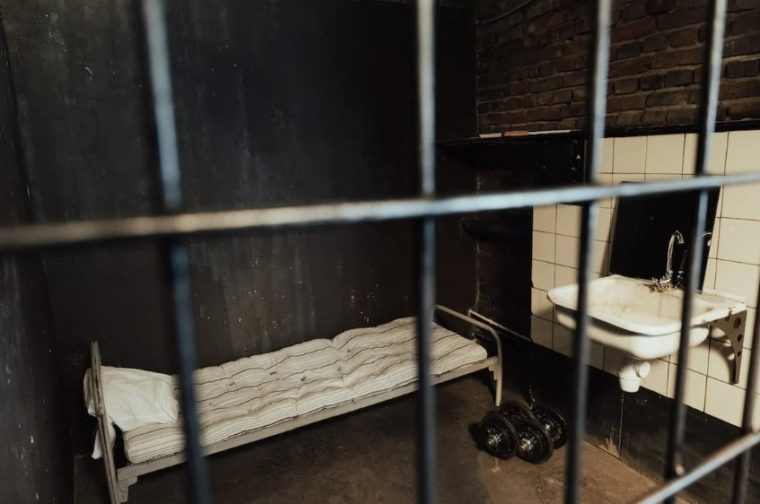
Prisons throughout the country have been struggling to support inmate populations for decades. Overcrowding has forced detainees to sleep on floors, in passageways, and in common areas that lack basic amenities. Understaffing has led to more violence which has resulted in demands for critical medical care. The fluctuating strain has revealed a need for wholesale re-investment in the country’s prison infrastructure…and that is now happening.
Efforts are currently underway to upgrade prison infrastructure. New jails, prisons, and medical clinics for inmates are in the planning stages throughout the country. The new facilities will include modernization and structural features that include smaller housing units, indoor/outdoor connectivity, larger dayroom spaces, improved lighting, and enhanced infectious disease control. The new structures will also incorporate up-to-date technology improvements such as jail management systems, records management software, dispatch command centers, and personal communications systems.
Private sector contractors interested in helping with this sector of infrastructure reform are in high demand. In recent years, studies have found that jails and prisons spend a combined annual average of more than $80 billion. Now billions more will be added to that total.
Several states are considering new mega-prison projects. The state of Alabama is directing funds from a recent bond sale along with hundreds of millions of COVID relief funding to advance work on a number of supersized prison projects. Each new facility will be designed to accommodate 4,000 prisoners and each project carries a cost estimate of approximately $1 billion. Public officials in other states are also exploring plans for new mega-prisons.
Officials in Lucas County, Ohio are planning a new jail that will emphasize mental health treatment and behavioral management. The prison facility will include a state-of-the-art mental health wing designed to ensure that correction officers have uninterrupted supervision of detainees. Additional behavioral management upgrades will be included to make the new jail safer—not only for the inmate population, but for the surrounding community as well. The county allocated $6.5 million for the project’s architectural and engineering process and ultimately expects to spend $125 million on construction.
Very soon site preparation work will begin for a large jail project in Grant County, Washington. This new facility will be designed to accommodate more than 500 inmates. It will also be scalable to ensure support for additional inmates in the future. It will be constructed to address health issues, and it will include a free-standing building for evidence and equipment storage. Project funding comes from a $90 million bond sale that county leaders approved earlier this summer. Construction is scheduled to begin in 2023.
Recent reports highlight how guards at the existing jail in Cuyahoga County, Ohio are struggling to cope with infrastructure and staffing problems. The reports are arriving on the heels of an independent needs assessment that deemed the facility to be constantly over its mandated 80 percent capacity. To meet current jail standards, the jail must undergo extensive renovations and upgrades. The assessment indicated that the jail needs to expand and upgrade the current medical center, improve plumbing, and provide space for kitchen storage and educational programming. Because of the size of this project, construction will take place over multiple phases. Estimates for the project’s overall budget range from $550 million to $750 million.
The current jail in Allen County, Indiana has been consistently above its recommended capacity of 85 percent and must be replaced. County leaders will find a new location for the proposed prison. A federal mandate includes locating the jail in close proximity to medical facilities and county judicial offices. Cost projections of $300 million to $350 million have been announced for the project.
Maryland’s Department of Public Safety and Correctional Services will oversee a $466 million project to deliver new specialty housing for adult male and female prison inmates in need of therapeutic treatment. The facility will include 804 beds for detainees, over 500 of which will be newly created beds designated for medical care. Facility features like a sobering station, detoxification unit, and linkages to treatment will prioritize deflection strategies that help prevent arrests. Construction of the new Therapeutic Treatment Center is listed as a capital project in the state’s fiscal year 2023 budget.
Officials in Benton County, Oregon have developed a master plan for a new justice system “campus” that will consolidate community safety resources. In July, the county spent $5.5 million to purchase a 29-acre parcel for the campus. The new area will house a courthouse, district attorney’s office, jail, emergency operations center, and sheriff’s office. The objective will be to integrate correctional services with other critical programs. The county has already secured funding to build the new facilities and other funding may be sought later because the project costs are estimated at approximately $150 million and will be developed in phases.
Officials in Wisconsin’s Kewaunee County recently approved a new jail project estimated to cost $25.6 million. The facility is currently in the design phase and will replace an existing prison that was designed in the 1960s. Construction is tentatively scheduled to start in spring 2023.
Inmate populations continue to increase and the outdated prison infrastructure, along with non-functional correctional facilities, has created critical impediments to hiring, managing, and operating jails and prisons. The reform that is currently occurring will offer partnering opportunities to private sector firms for potentially a decade.

